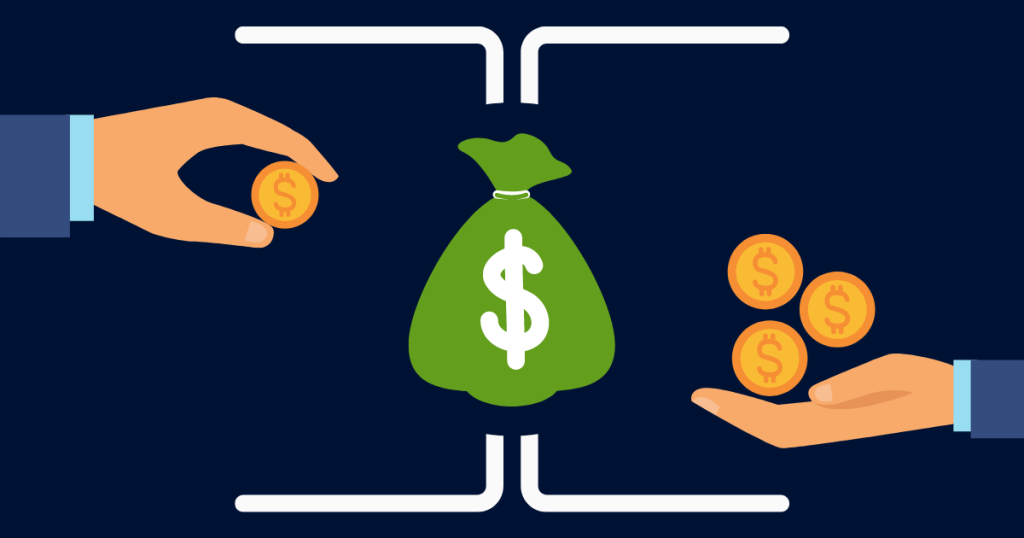Receivables, also regarded as accounts receivable, are debts owed to a firm by its customers for goods or services used or delivered but not yet paid for.
Receivables are created by expanding the line of credit to customers and are listed as current assets on the company’s balance sheet. They are considered as liquid assets since they can be used as collateral to secure a loan to help meet short-term obligations.
Receivables are part of the working capital of a company. Effectively handling receivables means promptly following up with any consumers who have not paid and eventually reviewing payment plans if necessary. This is critical as it provides additional capital to fund operations and reduces the net debt of the organisation.
Receivables refer to the amounts a business is owed by its customers for goods or services that have been delivered but not yet paid for. These amounts are typically classified as Accounts Receivable on the balance sheet.

What Is Accounts Receivable (AR)?
Accounts receivable (AR) is an accounting term for money owed to a business for goods or services that it has delivered but not been paid for yet. Accounts receivable is listed on the company’s balance sheet as a current asset
Accounts receivable represents money that a business is owed by its clients, often in the form of unpaid invoices. “Receivable” refers to fact that the business has earned the money because it has delivered a product or service but is, at that point in time, still waiting to receive the client’s payment.
Accounts receivable, or receivables, can be considered a line of credit extended by a company and normally have terms that require payments be made within a certain period of time. If effect, the company has accepted an IOU from the client. Depending on the agreement between company and client, the payment might be due in anywhere from a few days to 30 days, 60 days, 90 days, or, in some cases, up to a year. At some point along the way, interest on the debt might also begin to accrue.
Accounts Receivable vs. Accounts Payable
When a company owes debts to its suppliers or other parties, those are accounts payable. Accounts payable are the opposite of accounts receivable. To illustrate, Company A cleans Company B’s carpets and sends a bill for the services.
Company B now owes Company A money, so it lists the invoice in its accounts payable column. While Company A waits to receive the money, it records the amount in its accounts receivable column.
Types of Receivables
Trade Receivables
- These are amounts owed by customers for goods or services sold on credit.
- Usually have short payment terms (e.g., 30, 60, or 90 days).
Non-Trade Receivables
- These include loans, advances, or amounts owed by employees or others.
- May have different repayment terms and conditions.
Bills Receivable
- These are formal promises to pay, such as promissory notes or bills of exchange.
- Generally come with fixed terms, like maturity dates.
Current vs. Non-Current Receivables
- Current Receivables are expected to be collected within a year.
- Non-Current Receivables are expected to take longer than a year to be collected.
Importance of Receivables Management
Cash Flow
- Efficient receivables management ensures a steady cash flow, crucial for business operations.
Liquidity
- Timely collection of receivables helps maintain liquidity and meet short-term financial obligations.
Credit Risk
- Businesses must assess the creditworthiness of their customers to avoid defaults and bad debts.
Financial Health
- A high volume of outstanding receivables may signal financial difficulties, while a manageable receivables balance reflects healthy business practices.
FAQs
How to Manage Receivables Effectively?
Set Clear Payment Terms
- Define clear credit policies and payment terms upfront to avoid confusion or delayed payments.
Invoice Promptly and Accurately
- Send invoices immediately after delivering goods or services and ensure accuracy to avoid disputes.
Monitor Receivables
- Keep track of outstanding invoices and follow up promptly on overdue amounts.
Offer Early Payment Discounts
- Encourage customers to pay early by offering discounts.
Use Collection Agencies or Legal Action
- If payments are significantly overdue, consider using collection agencies or pursuing legal action.
Impact of Receivables on Business?
- Impact on Working Capital: A high amount of receivables can reduce available working capital for daily operations.
- Bad Debts: If receivables are not collected, they may turn into bad debts, which can affect profitability and cash flow.
